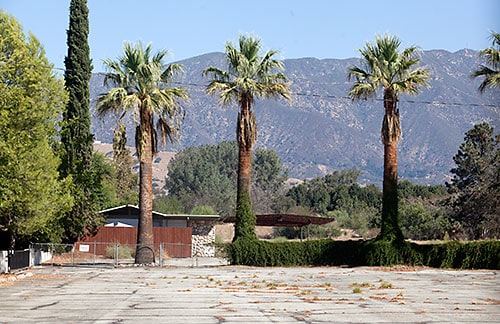Council unanimously passes city’s housing element

A document that has dogged the city for years is finally heading to the state for approval.
The city council unanimously passed a group of directives known as the housing element, which is a vital part of a city’s general plan that looks at housing demographics, housing services and breaks down how many available units per income bracket are available in the city.
Claremont has been out of compliance with the housing element since 2014.
The unit breakdown was a cause for concern within the city. Of the 412,137 units allotted to the Southern California Association of Governments (SCAG), 373 had been given to Claremont—157 of which were in the low, very low and extremely low-income bracket, according to Assistant Plan
Another aspect of the RHNA—short for Real Housing Needs Assessment—is to show that the units could be built by-right, meaning without the need for a conditional use permit or other permits. The density for the RHNA is 30 units per acre.
The city settled on two properties that could fulfill the RHNA requirement—a sliver of land at Harrison and Cambridge and a seven-acre portion of the Claremont Golf Course currently owned by the Claremont University Consortium.
The city is not mandated to build these units; rather this process is simply to show the state Claremont has the space available for it. Indeed, the CUC has said multiple times in the post that the site is reserved for future growth of the colleges.
The golf course site required an additional amount of work—since its zoned institutional/educational and requires a CUP to build, a high-density residential (HDR) overlay must be placed over the zone for it to qualify, Ms. Yang said.
The city already sent a draft of the element to the state, which noted that it does meet its requirements. After city council approval, the element will be sent back to the state for final approval, after that it will be looked over once more by city officials and published, Ms. Yang said.
The frustration with the process was clear from the council, with Councilmember Joe Lyons calling it a “torturous process” to get the housing element to where it needed to be.
Councilmember Sam Pedroza took issue with the system itself, noting the RHNA process “has really held the city hostage in a way.”
“It’s such a state way of trying to implement a social good, because there’s no magic about 157 units,” he said. “It’s not like we go out there and build 157 units and boom, problem solved.”
Both Mr. Pedroza and Councilmember Corey Calaycay noted Claremont has had success in the past when it comes to affordable housing in Courier Place. Mr. Calaycay questioned why it only focuses on building new housing.
“Why is it always about building new?” Mr. Calaycay said. “You have special interests who benefit from new housing, and no talk about retrofitting housing.”
—Matthew Bramlett
news@claremont-courier.com









0 Comments